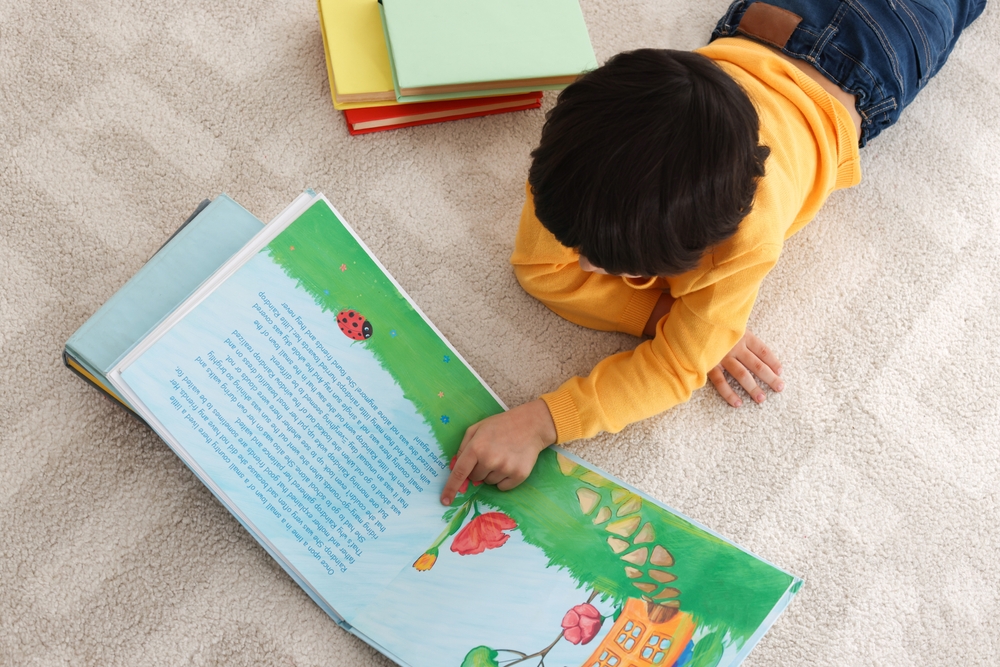Parenting Tips
Parents Zone

Source: Family Dynamic, Marriage and Family Therapist, and Hypnotherapist, Wong Shi Ming
Phones emit light and sound, which always attracts children to play endlessly. Some children cannot let go of their phones no matter what they are doing, whether it is eating, riding in a car, or going to school. How can parents solve this problem?
First of all, everyone should understand that the children’s reaction is inevitable. Phones can provide a lot of sensory stimulation, and there is no game over. It can be restarted, which gives a sense of accomplishment and can also distance children from the pressure and frustration of parents and school, making them feel invincible. Physiologically speaking, playing electronic games will release a large amount of dopamine in the brain, which excites and stimulates the frontal lobe, and gradually loses self-control. Therefore, many adults cannot control themselves, let alone children?
Children can also be drawn to phones without realizing it, which gives most parents in Hong Kong nightmares today. I see many parents and children caught in a never-ending cycle of struggle and frustration. If not controlled, it not only affects children’s learning but also seriously affects their focus, brain development, health, and eye diseases. Therefore, phone addiction will also be listed as a form of psychological addiction, like alcohol and drugs.

In fact, I have seen a middle school student addicted to playing the mobile game “PUBG,” where he had to pick up items on the ground, some of which could be booby-trapped and explode. What caused him to be hospitalized? He was unable to use his hands to hold objects; instead, he had to touch them lightly, which caused him to feel nervous. He was afraid of using his fingers to pick up things. Therefore, if you discover such a problem, you can handle it early and prevent situations like the one above from happening.
Parents have more experience, wisdom, and resources than their children, and you can’t lose as a parent. Your only weakness is that you love your child too much. You may be too soft-hearted, but you need to know that it’s easy to give but hard to take it back. Therefore, parents should first negotiate a reasonable and feasible plan with their children, such as allowing 30 minutes of playtime per day, but only after they finish their homework.
As for controlling children, parents should first choose an appropriate battlefield, avoiding public places, and the best place is at home. Even when taking the phone away, parents should try to avoid physical contact, such as snatching or unplugging the phone cord, which could harm the relationship with their child. Parents should first use a gentle and affirmative tone to warn their child multiple times. If the child still refuses to hand over the phone, remind him of the consequences he agreed to, and eventually, when he falls asleep, you will be able to retrieve it. But parents must firmly execute the consequences without any room for negotiation, even if it means resorting to negative strategies.

To provide a more positive approach, parents can offer opportunities for their children to engage in outdoor activities together and create a family environment that gives children options, a sense of achievement, and a chance to start over, building their confidence and abilities, all of which can help attract children away from their phones.
Finally, many parents worry that if their child doesn’t have a phone while other children do, it could lead to feelings of inadequacy and concerns about falling behind in their development. So, I know it’s not possible to keep kids away from phones completely, but I think parents should try to keep their kids away from phones for as long as possible, especially when they’re young.
At the same time, parents should be careful and not take this issue lightly. With enough creativity and interaction with their children and by remaining persistent, parents can change their children’s habits.
























